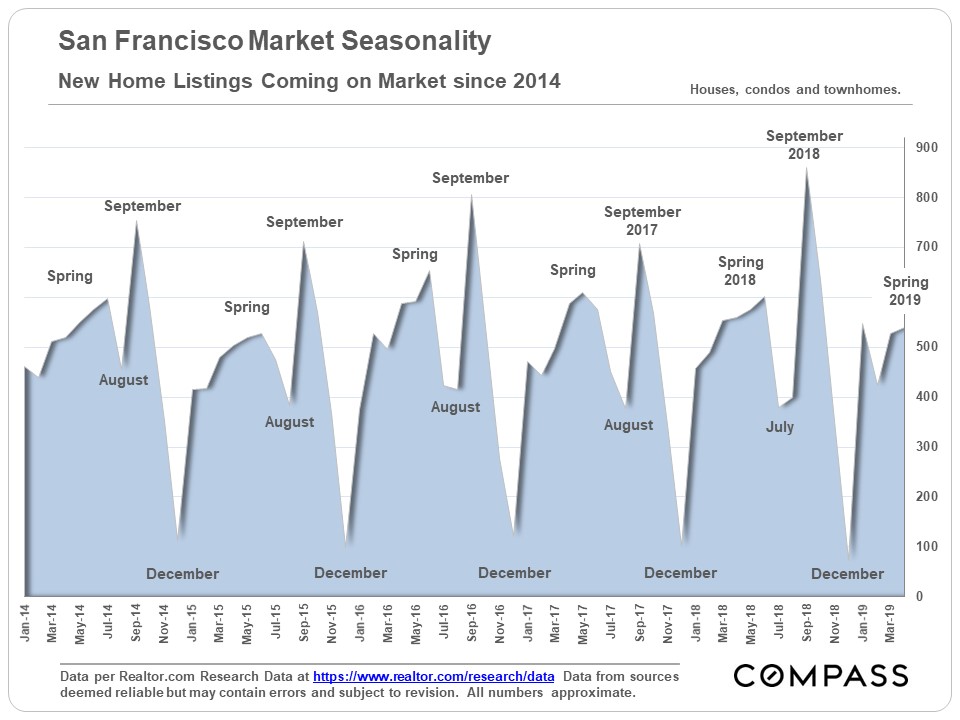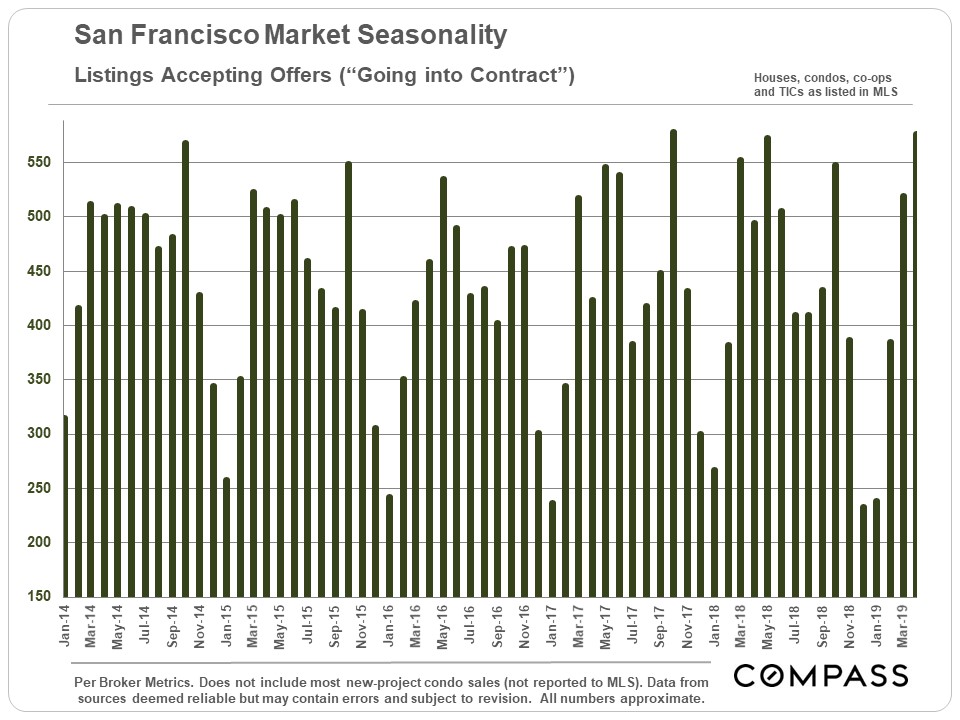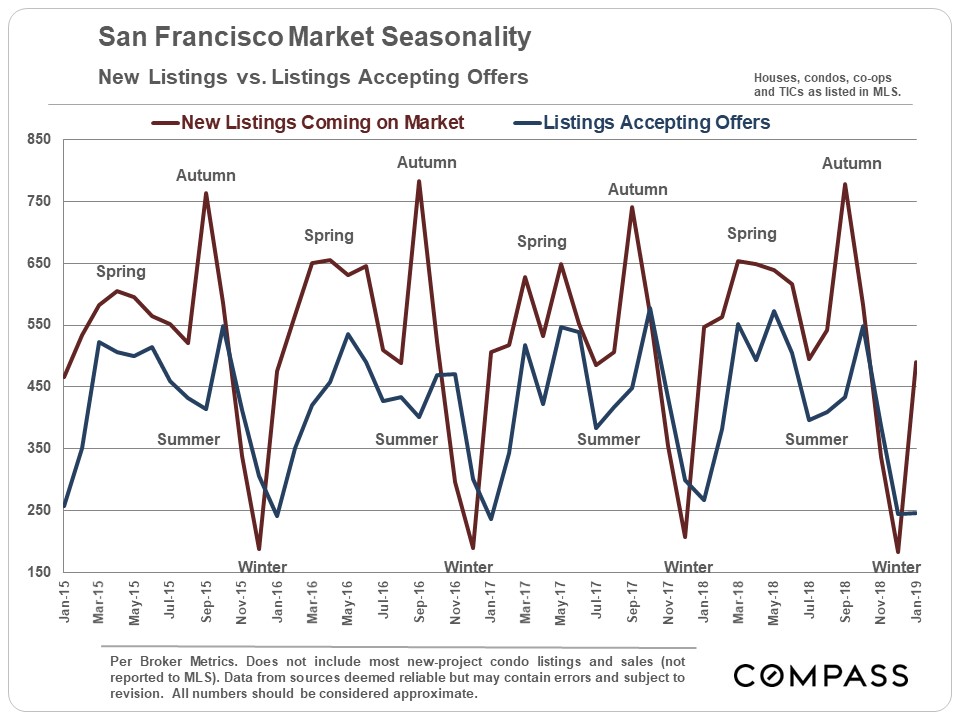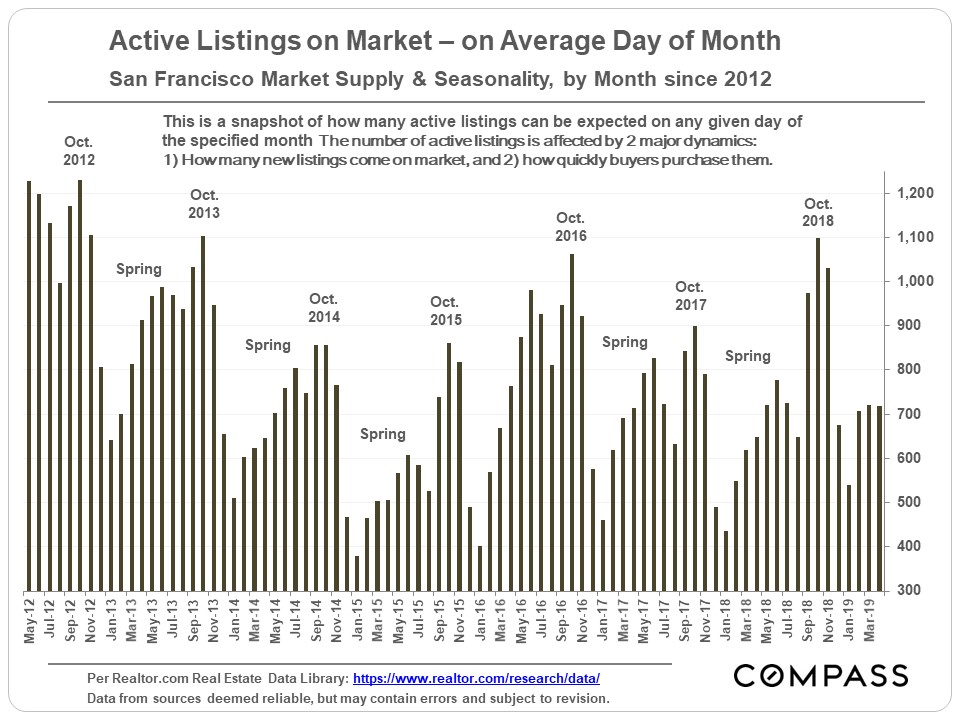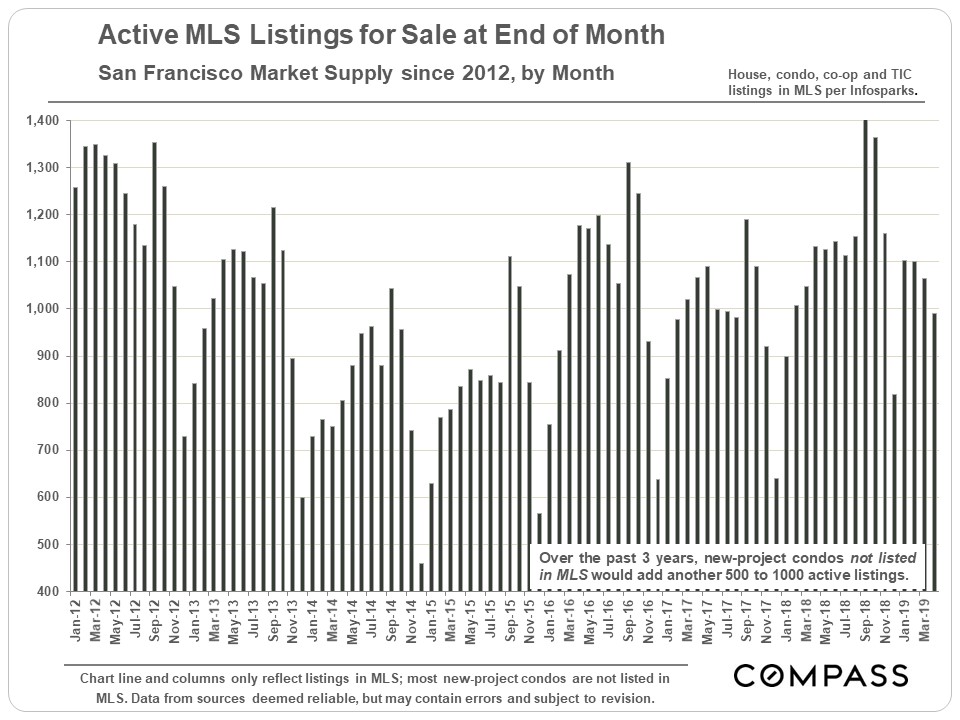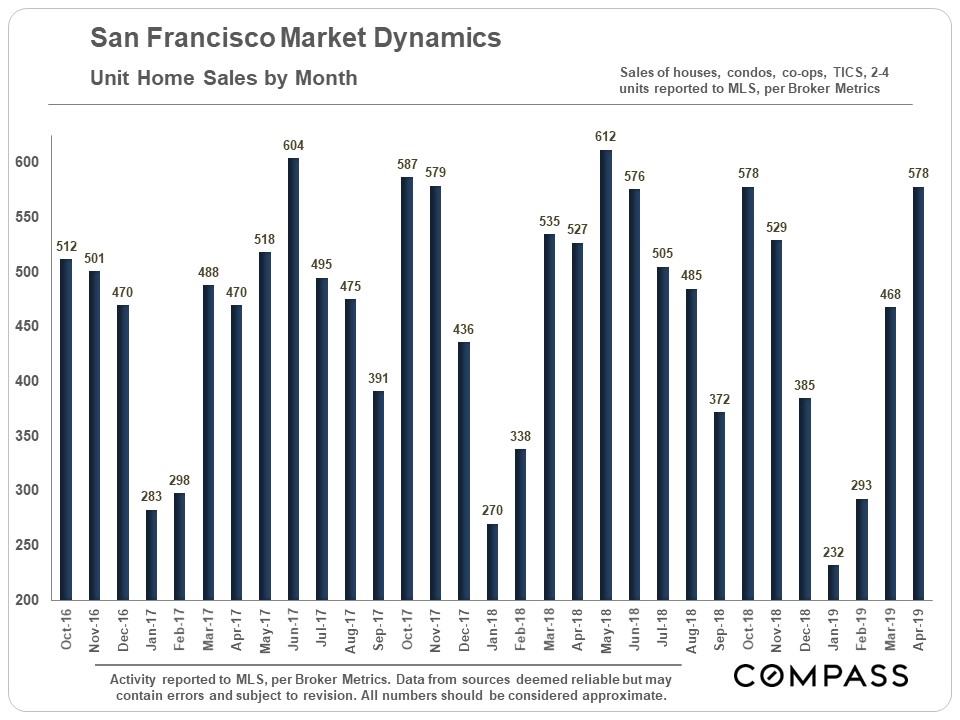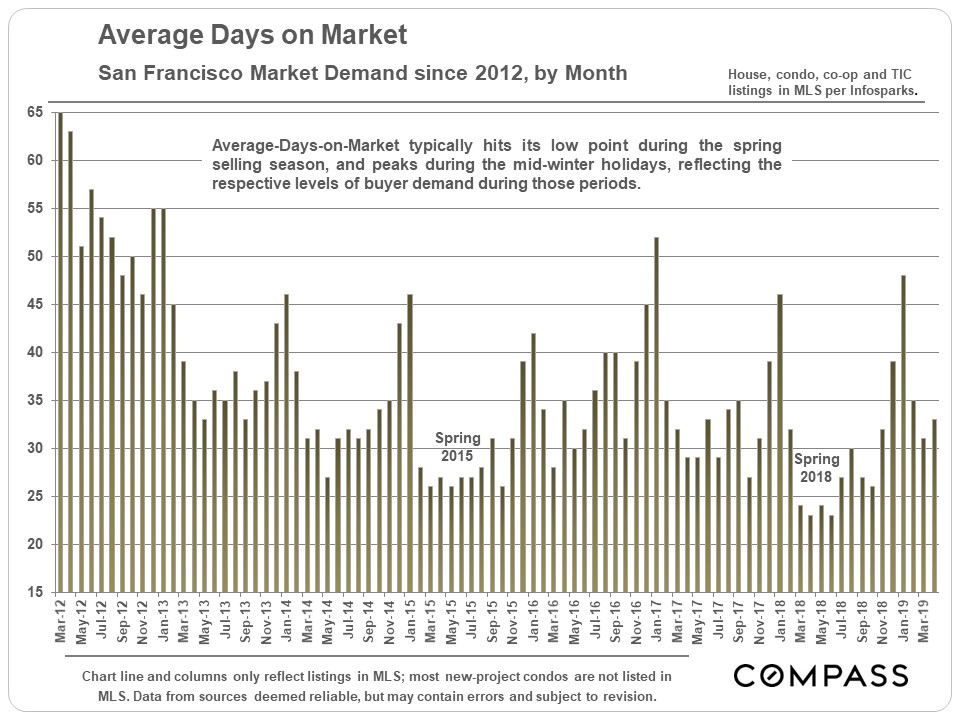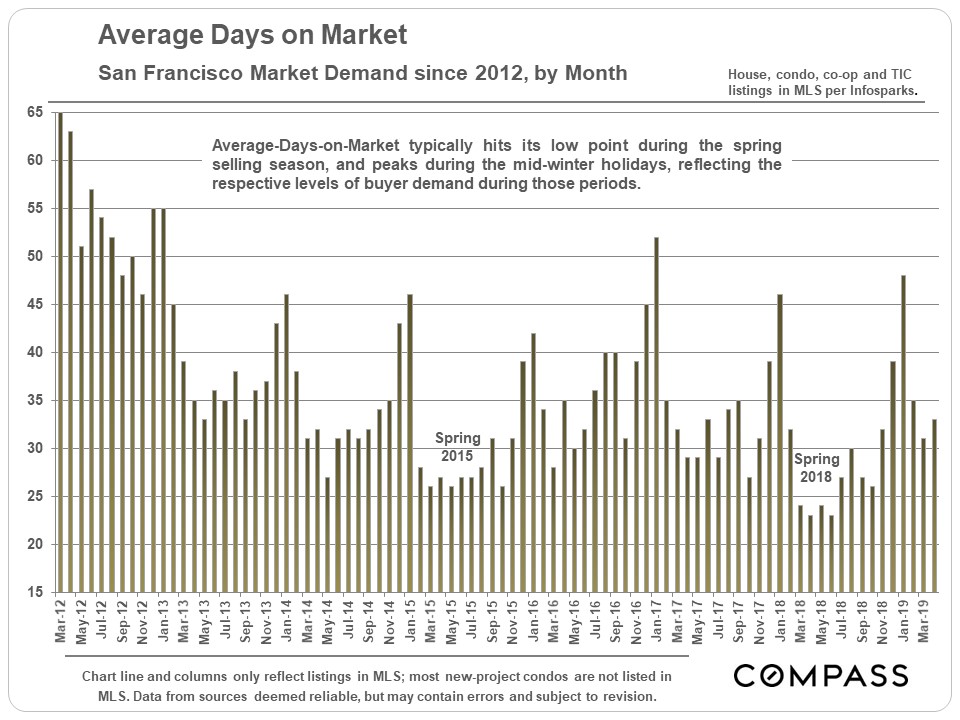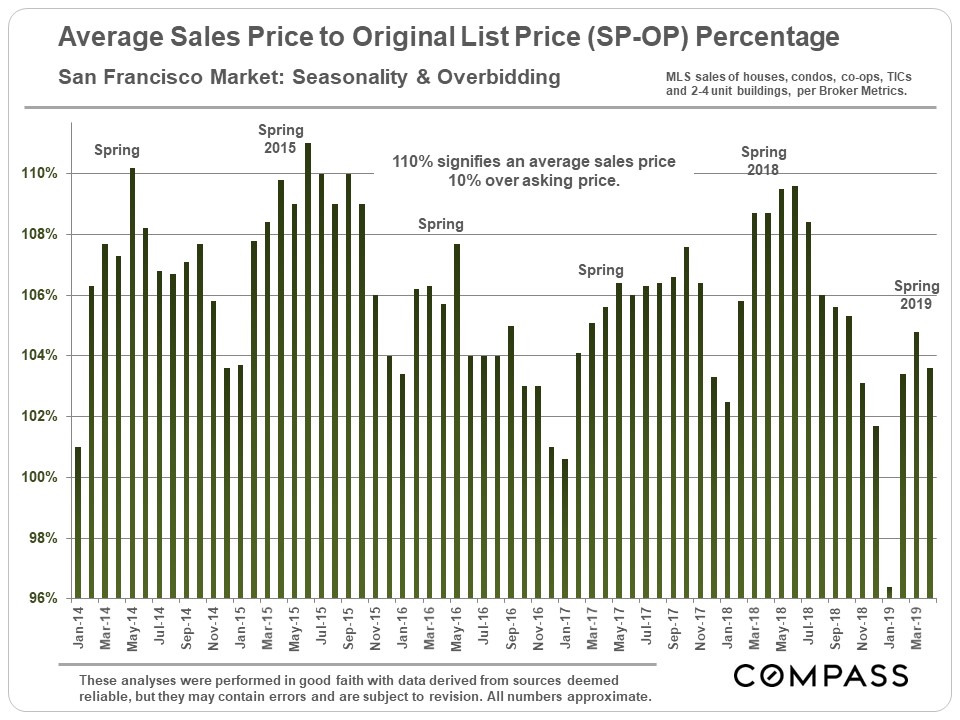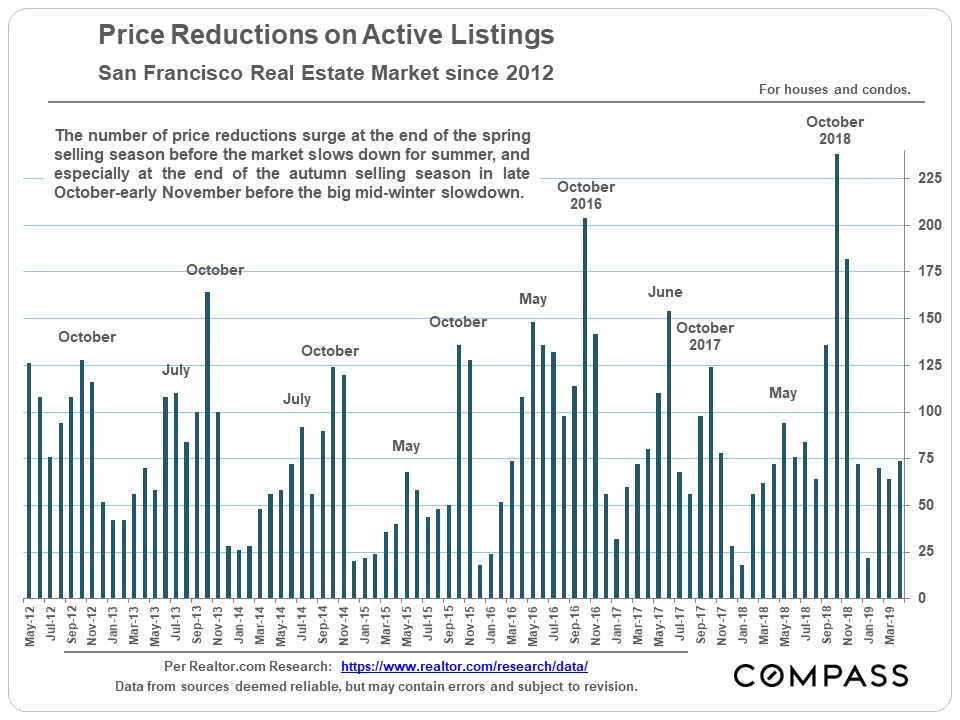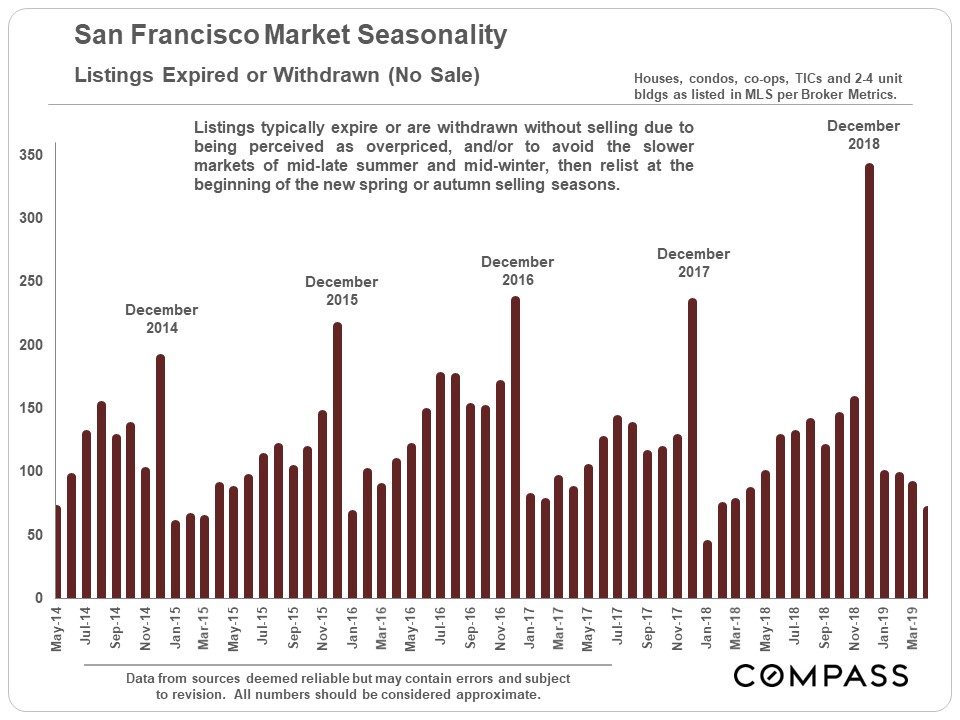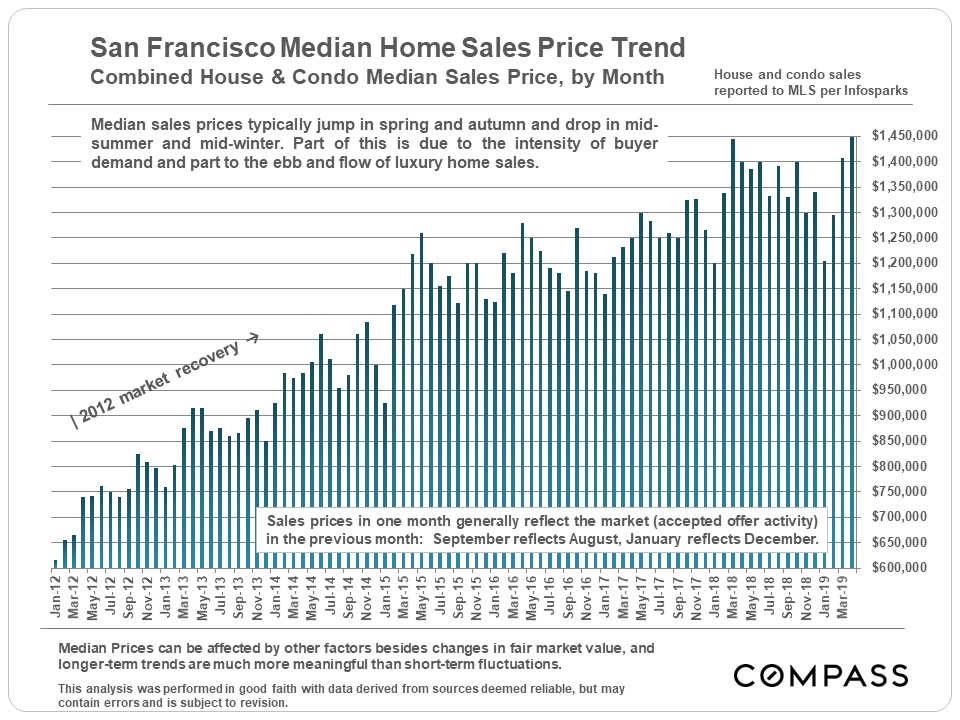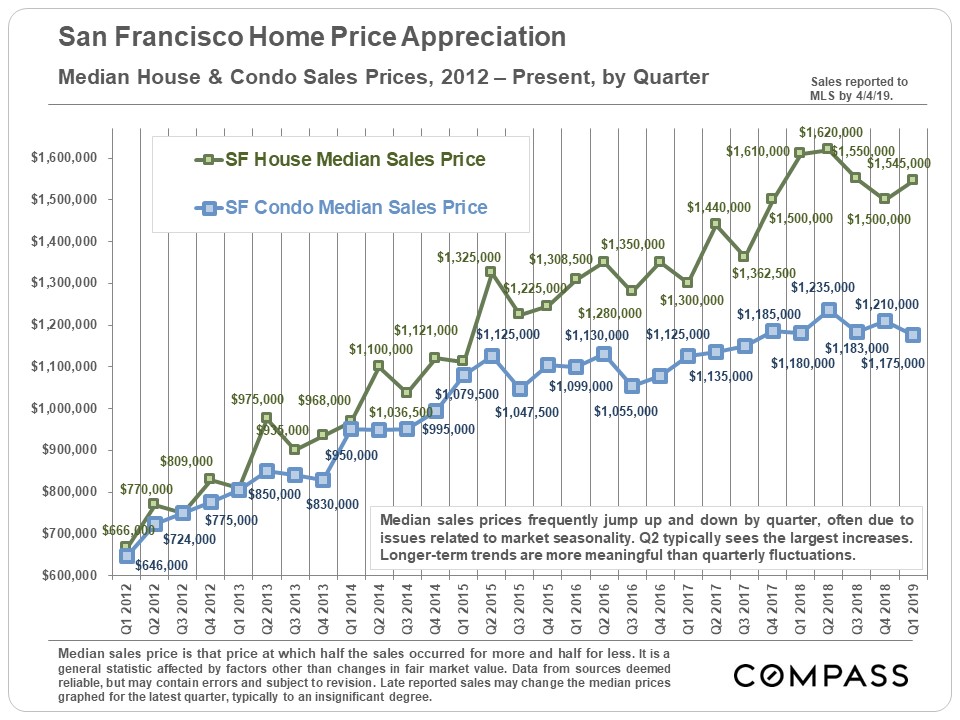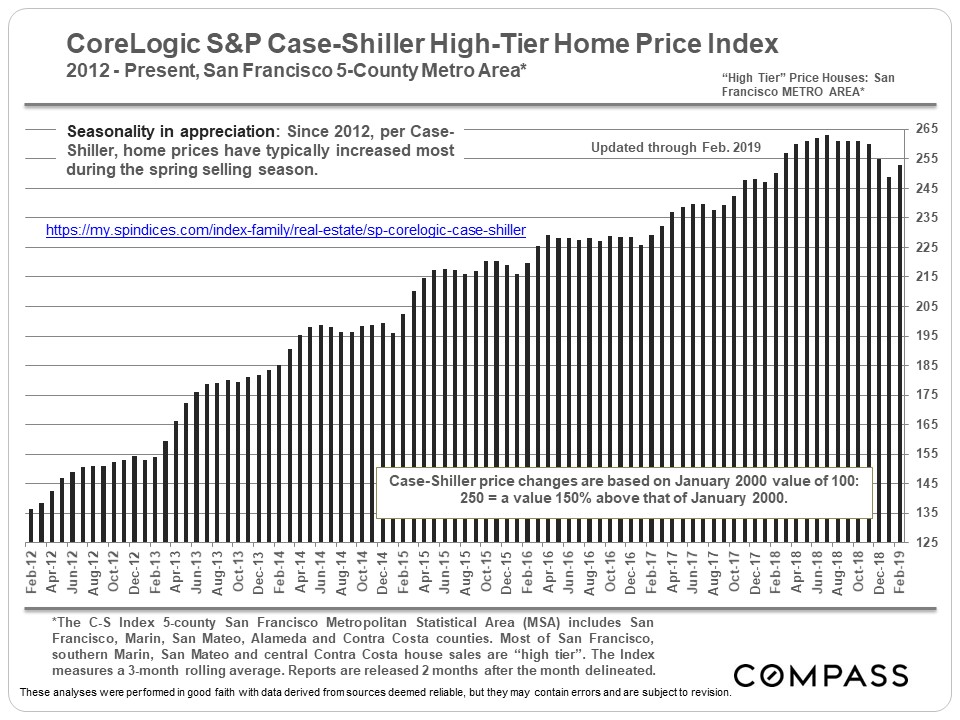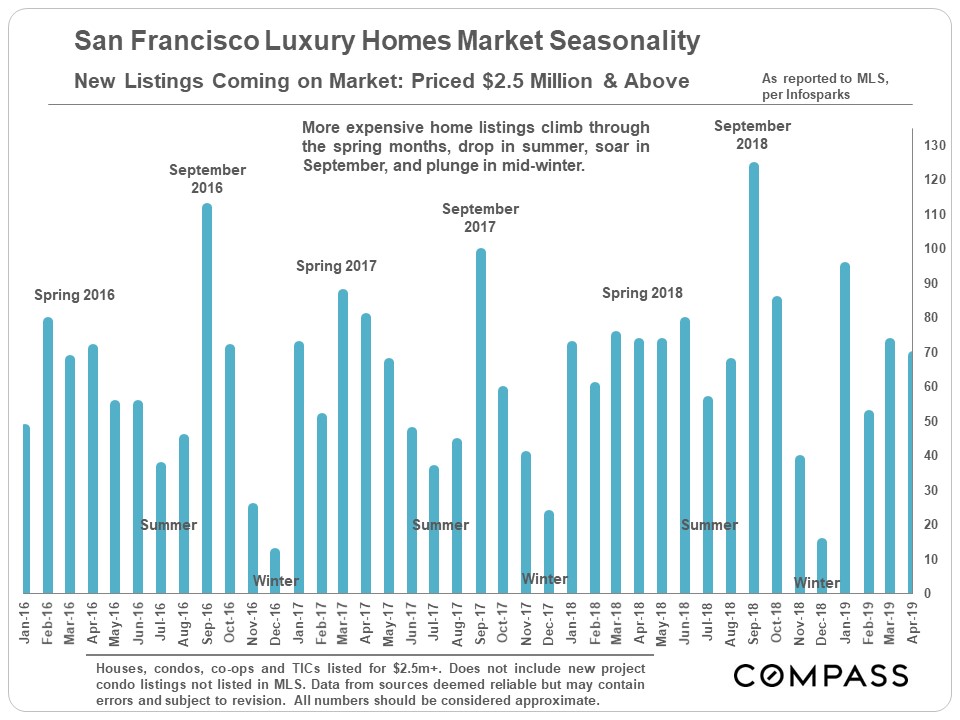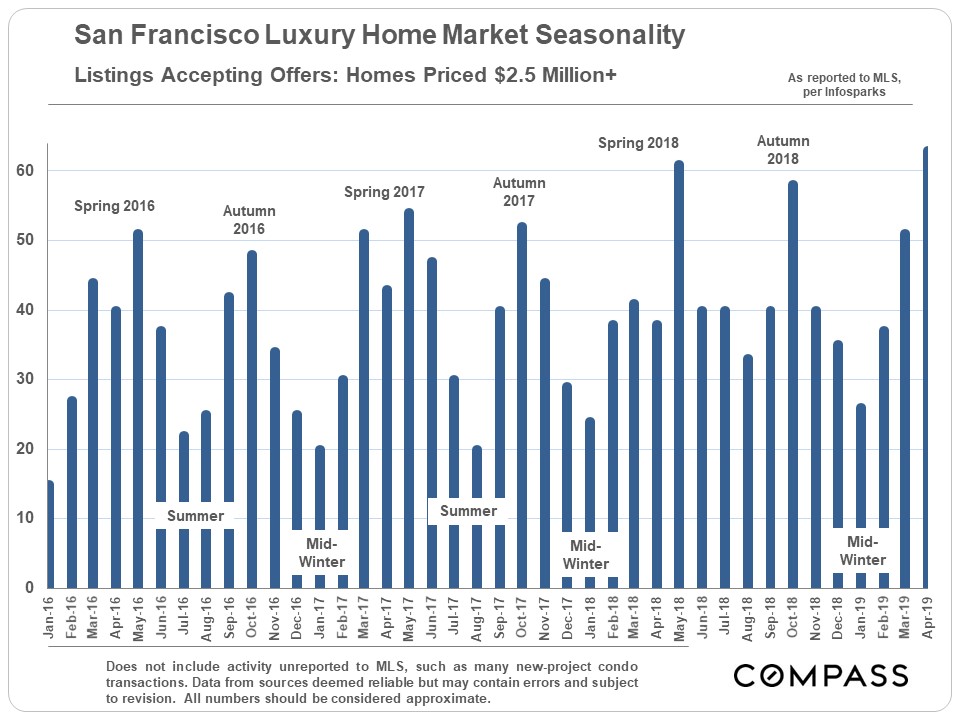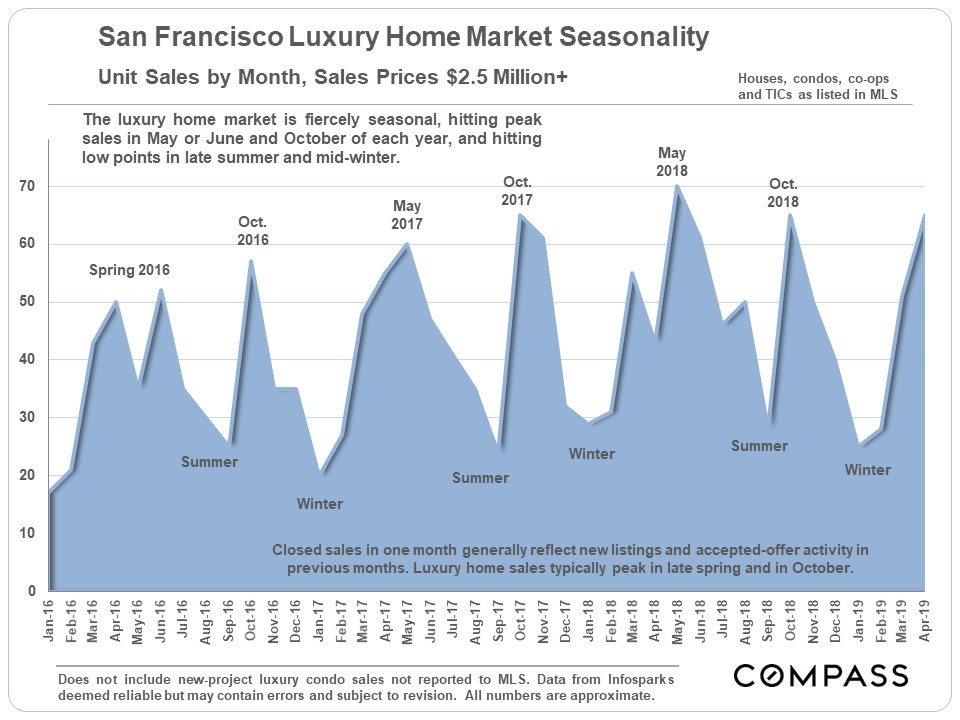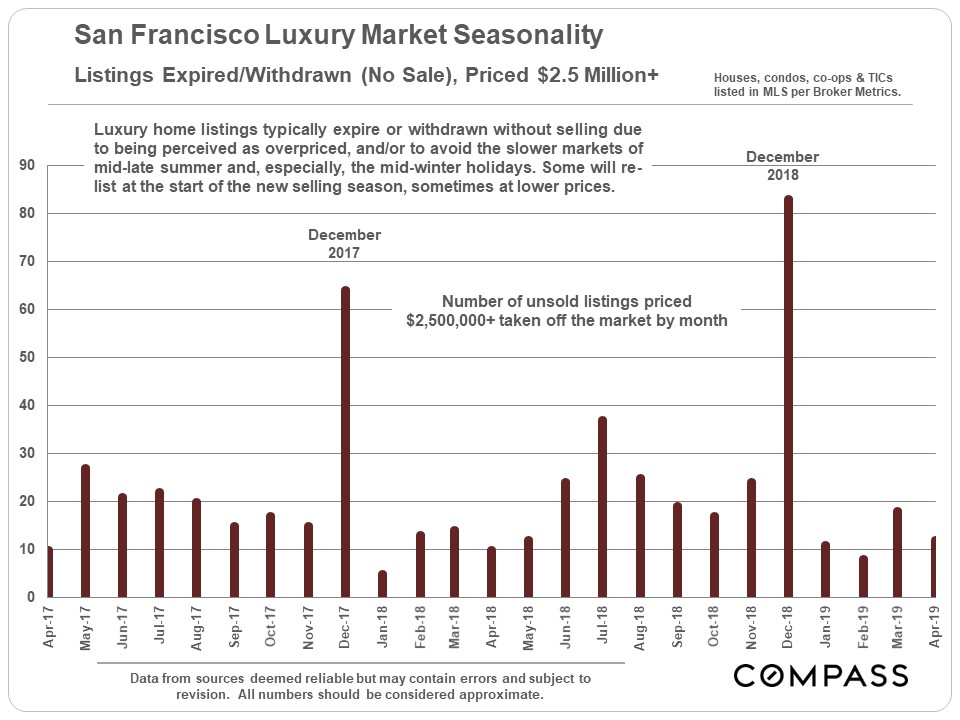Imagine you’re sitting inside a restaurant looking at the menu, and you have only two choices:
- BBQ Peach Chipotle Chicken Wings – $13.00
- Smothered Crisp Chicken Wings in Smoky Peach-Chipotle Glaze. A summertime favorite for years at the South Street block party! – 14
What you may not know is that both choices are the same dish, with the same ingredients.
Like most people, you’d probably choose the second dish, making the restaurant earn an extra 8% just by having used mouth-watering adjectives (smothered, crisp, smoky), de-emphasizing price (14 vs $13.00), and spicing the dish with a story no one wants to miss out on (South Street block party!).
“Chefs write the music and the menu becomes the lyrics. When the music is gorgeous but has the wrong lyrics, the lyrics will torpedo the music.”
—Danny Meyer, Founder & CEO of New York’s Union Square Restaurant Group
Why Good Copywriting Matters
As with food, so it is with everything else people purchase—including real estate.
A keen understanding of consumer psychology under the pen of a professional wordsmith accompanied by top-quality images (insert link to article, “Homesellers, Why Professional Photography Is Essential”) is a three-punch approach of sheer marketing artistry at your service when you team up with Julie and our team.
When listing homes, we don’t just describe them. We paint lively pictures and write captivating stories to create a vivid feel in buyers’ imaginations of what it will be like to own and live in one of them. For example, under our creative touch, ‘large windows’ become ‘panoramic windows which permit plenty of natural light.’ A ‘large backyard’ is transformed into a ‘spacious outdoor gathering space for friends and loved ones.’ ‘Great views’ become ‘sweeping vistas.’ While we never exaggerate (a tactic which always results in home-shoppers’ disappointment), we creatively embellish the best a home has to offer.
If your house happens to be ‘at the epicenter of a vibrant culinary scene,’ or if your neighborhood has a ‘staggering number of artisan coffee shops,’ we’ll leverage these distinctions to pique buyers’ interest by appealing to their senses. Or, perhaps your home is ‘located in a world-class school district’ (a top choice for millennial parents in the Bay Area), or ‘within walking distance to miles of pristine nature trails.’ Our team strives to weave the unique selling-points of your neighborhood in an irresistible narrative bound to draw multiple offers.
Our Copywriting Goals
When highlighting the features of a home, our expert copywriting team are also rigorous grammarians and will never, ever describe your home’s ‘spacious walk-in closet’ as a ‘walking closet.’ Grammar and spelling DO matter. In fact, more than 40% of 1,291 people surveyed online say they would be much less inclined to tour a home if its online listing contained misspellings or improper grammar.
It all boils down to either selling plain old chicken wings or showcasing a mouthwatering plateful of smothered, crisp delicacies meant exclusively for discerning palates.
Your home is special and deserves to have its story written only by the best. Let our creative team craft its unique narrative for maximum appeal.
Furthermore, Julie realizes that home-selling is a very personal endeavor. She believes all sellers deserve the best marketing available for their homes, especially in the Bay Area where homes command premium prices. By partnering with dedicated real estate copywriters, Julie and her team ensure that your home will be presented at the highest caliber possible.
Can We Help?
Making your home stand out in written form is an invaluable advantage. That’s why so many savvy Bay Area home-sellers have relied on Julie’s cutting-edge marketing tactics to sell their properties fast and for top value.
If you want your property to stand out from the pack, please contact Julie at 650.799.8888 or Julie@JulieTsaiLaw.com to schedule a free consultation.
